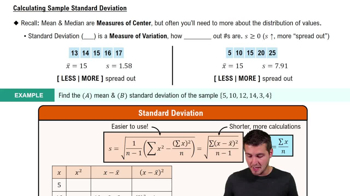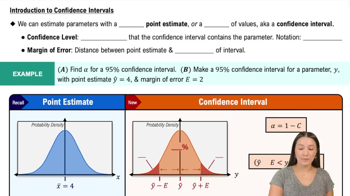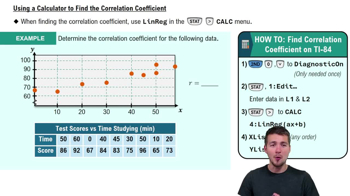Here are the essential concepts you must grasp in order to answer the question correctly.
Standard Error of Estimate (SE)
The Standard Error of Estimate quantifies the accuracy of predictions made by a regression model. It measures the average distance that the observed values fall from the regression line. A smaller SE indicates a better fit of the model to the data, meaning predictions are closer to actual values. In this context, it helps assess how well the weight in kilograms can be predicted from the weight in pounds.
Recommended video:
Calculating Standard Deviation
Prediction Interval
A prediction interval provides a range within which we expect a future observation to fall, given a certain level of confidence (e.g., 95%). It accounts for both the uncertainty in the estimate of the mean response and the variability of individual observations. In this scenario, the prediction interval will help determine the range of weights in kilograms for a female statistics student weighing 100 lb, reflecting the inherent variability in the data.
Recommended video:
Introduction to Confidence Intervals
Linear Regression
Linear regression is a statistical method used to model the relationship between a dependent variable and one or more independent variables. It assumes a linear relationship, allowing us to predict the dependent variable based on the values of the independent variables. In this case, it is used to predict the weight in kilograms based on the weight in pounds, forming the basis for calculating the Standard Error of Estimate and the prediction interval.
Recommended video:
Calculating Correlation Coefficient - Graphing Calculator
 Verified step by step guidance
Verified step by step guidance Verified video answer for a similar problem:
Verified video answer for a similar problem:



 8:45m
8:45m